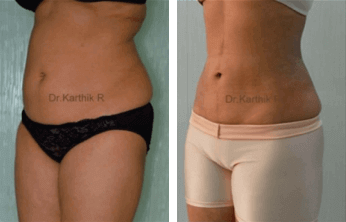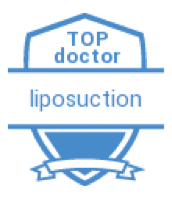Adult Acne: Fight it (Series 1)

Let’s admit it, who doesn’t want a Zen complexion?
Wouldn’t it be great if we woke up every day to clear soft supple looking skin.
Where we no longer fret about using that expensive foundation to hide all the uneven patches and blemishes on our face. Unfortunately almost all of us will wake up one day to find a group of red angry looking pimples sitting right there on our cheeks, a cluster of smaller pimples scattered across our forehead or that horrific one sitting right on our nose.
Acne is frustrating and when you have to deal with it on an everyday basis it can zap your self-confidence. Despite the numerous acne controlling cleansers and moisturizers you keep splurging on, sometimes those frequent breakouts just won’t stop.
So in today’s blog lets learn a bit more in detail about how acne forms and how that can help you find the treatment that’s right for your skin.
It all starts with what we call a microcomedo.
See those blackheads and whiteheads on your nose and chin that keep cropping up despite that painful extraction you went through as a part of your fruit facial. Well those are called comedones and a micro comedo is their precursor. So whereas black heads and whiteheads rise above to the surface of your skin and look like little black and white dots, a microcomedo stays hidden deep within your skin.
Microcomedos contain a mixture of dead skin cells excess keratin, oil and dirt and they happen because your skin cells are not shedding as fast as they should.
Ideally, your skin should produce new skin cells every 28 days, but sometimes that doesn’t happen. A phenomenon called hyperkeratinization occurs where excess keratin (important structural skin protein) is produced and that causes the skin cells to tightly stick onto each other.
This clump of skin can easily clog a pore deep within your skin and that becomes the foci of the acne lesion.
You may wonder how a harmless collection of skin cells hidden deep within you skin give rise to that angry pus filled acne cysts that’s about to seriously damage your skin and leave a scar?
That’s because the clogged pore has now become a pit filled with dirt and oil. (Don’t confuse this oil with oil you find in French fries and burgers please 😉
The oil produced by the skin is called sebum, which is a yellowish waxy substance that I think can be called as your skins built-in moisturizer. In some conditions where there is a hormonal imbalance such as PCOS and even during ones teen years, the sebum produced can increase as the sebaceous glands enlarge causing heavy breakouts.
Also sitting on your skin as part of its normal flora is an army of bacteria called Propionobacterium Acnes. When this bacteria comes into contact with the oils within the microcomedo it induces an inflammatory response, hence the redness and pus filled boils.
As sebum accumulates, the tension with the cavity increases till eventually bursts and releases its contents to the surroundings.
If your lucky and have followed a proper skin care regime, this type of acne heals without leaving a scar but if you have a bad habit of picking and poking on your pimples you will definitely be left with a scar once the wound heals (stop poking!)












